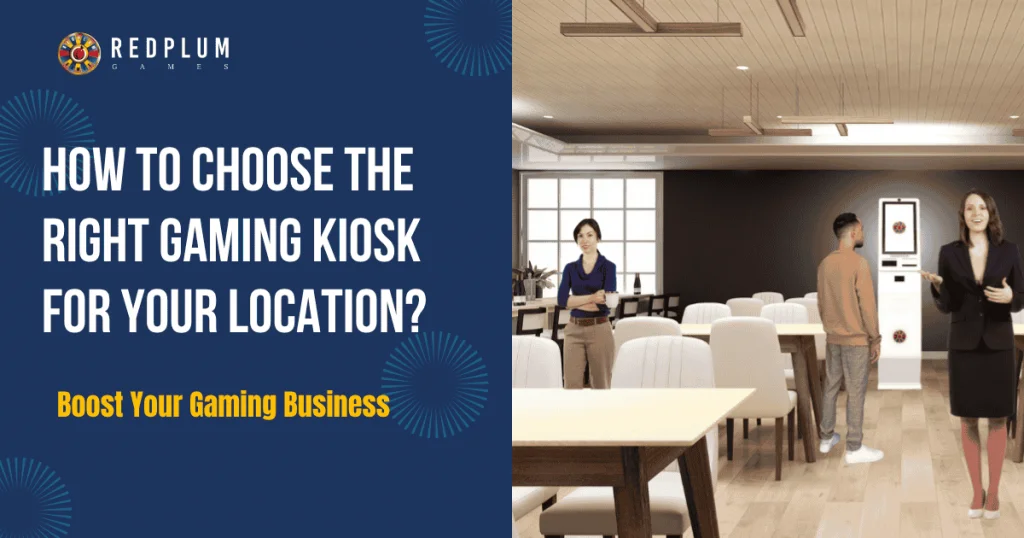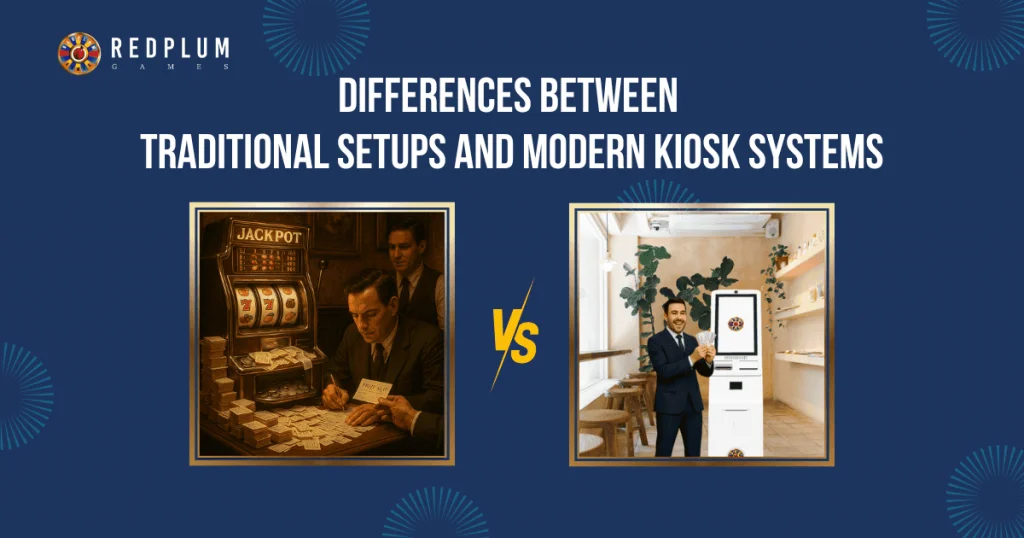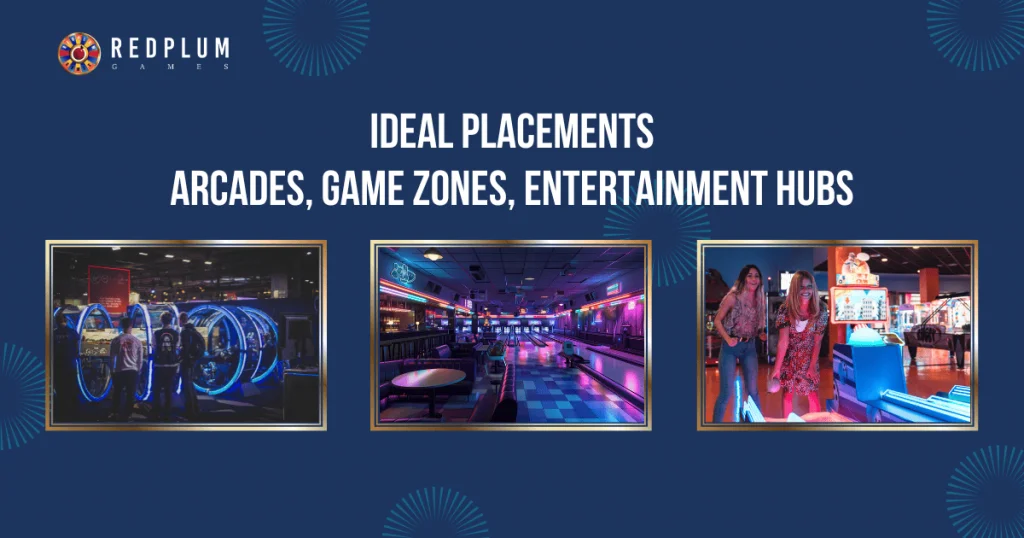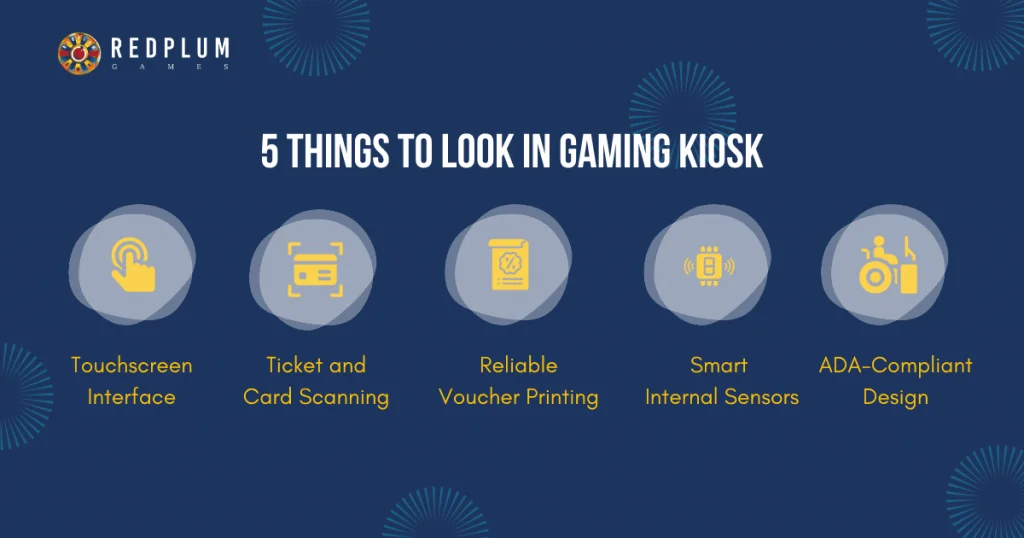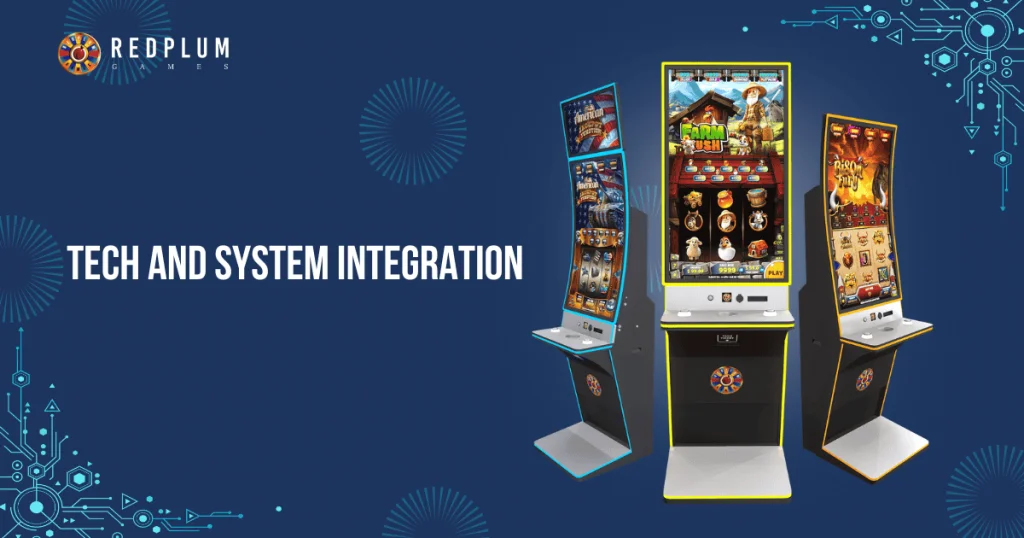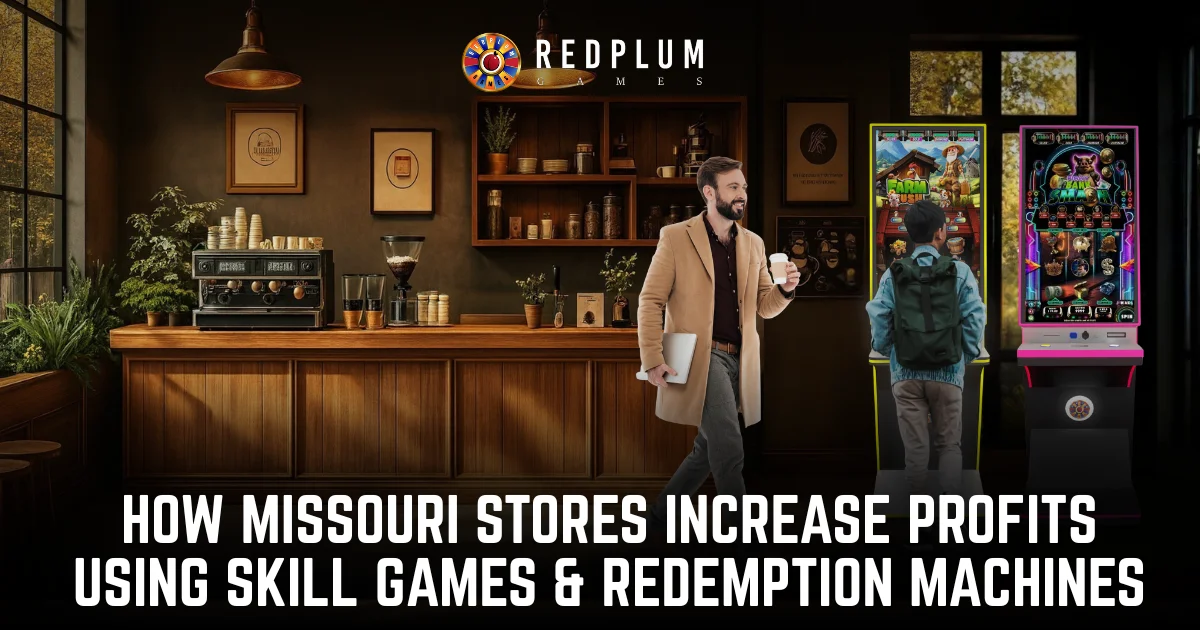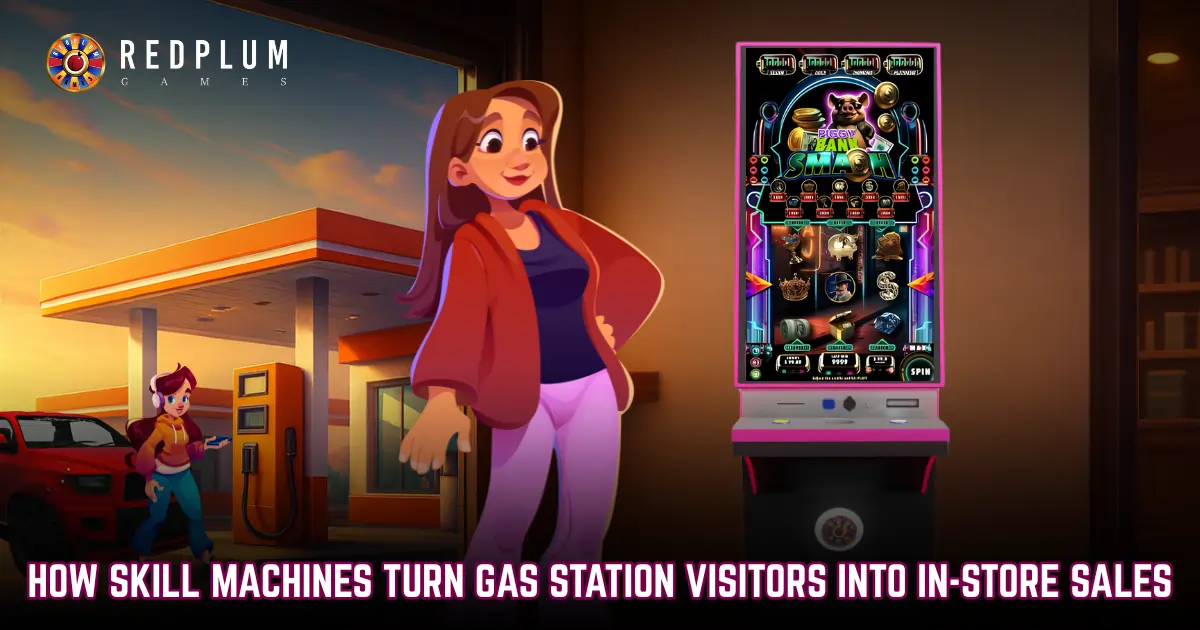How Missouri Stores Increase Profits Using Skill Games & Redemption Machines
How Missouri Stores Increase Profits Using Skill Games & Redemption Machines Missouri store owners are always looking for steady ways to raise income without hiring more staff or expanding floor space. Skill games and payout kiosks have become one of the most practical answers. From convenience stores to bars and liquor shops, these systems are…

